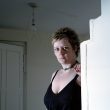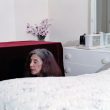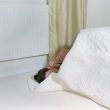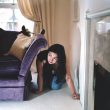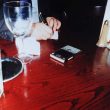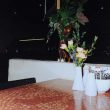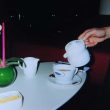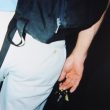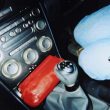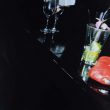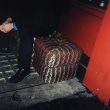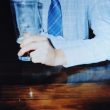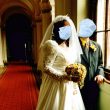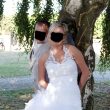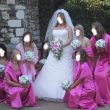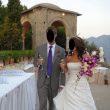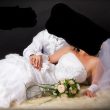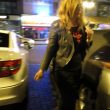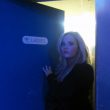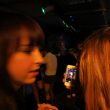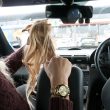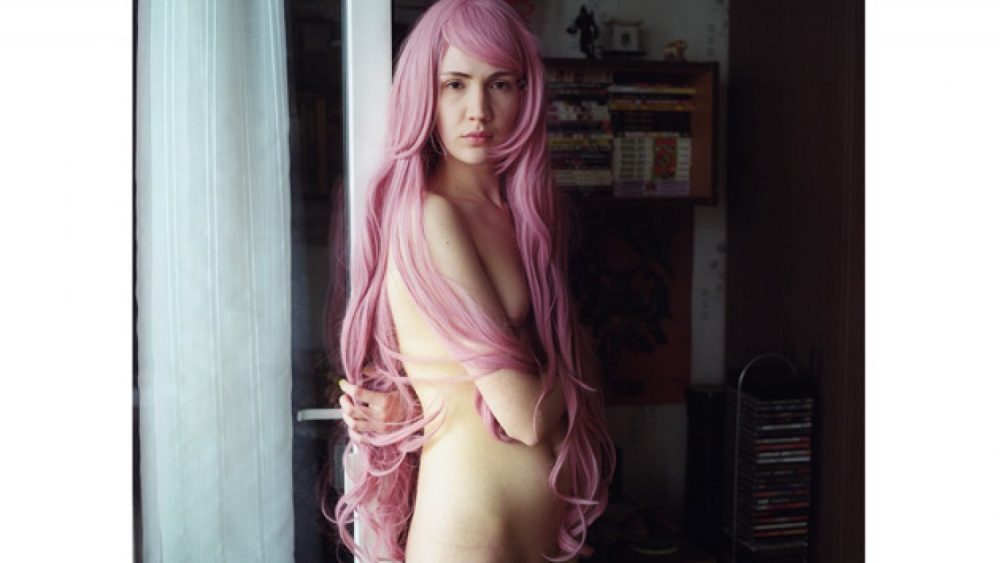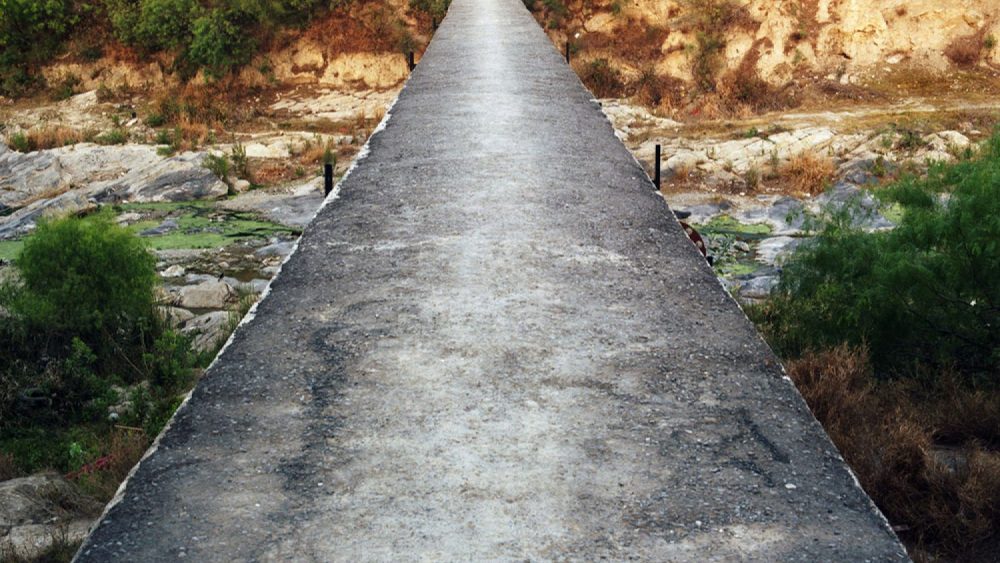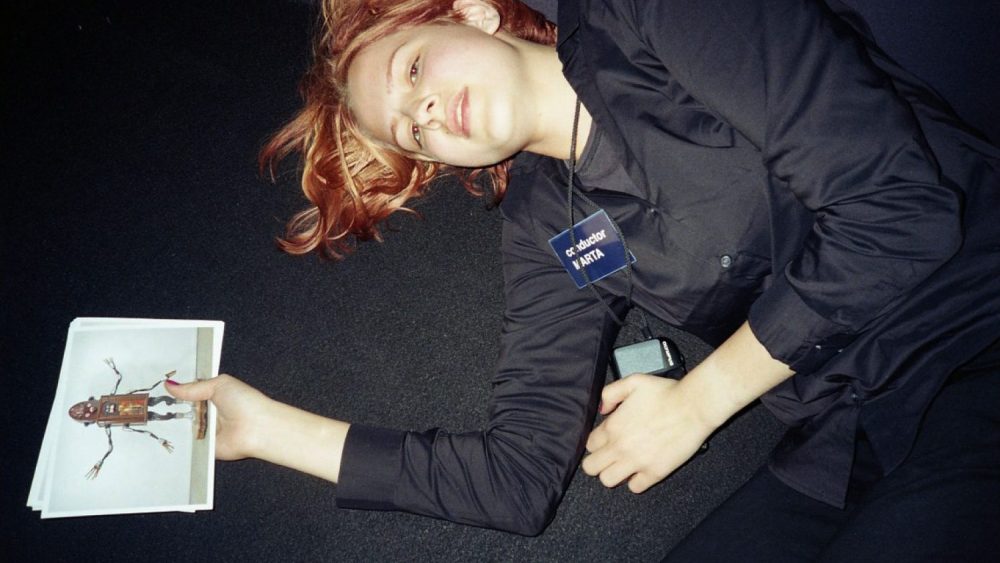Natasha Caruana
Natasha Caruana (1983) is a UK based artist. Love, betrayal, fantasy and volatility are themes running through all of her work.
Caruana’s project The Other Woman is based on her relationship with a married man. She photographed women who were in the same situation as her, and the photographs reflect on the secret and risky nature of these relationships. The following series The Married Man is a study on the other side of this type of relationship. Fairytale for Sale, on the other hand, tells the stories of wedding dresses, starting from the happiest day of a woman’s life and ending up with an online sale.
Research plays an essential role in Caruana’s work. She also uses a variety of different mediums, starting with disposable cameras and found images, up to large format cameras.
Caruana graduated from the MA Photography course at the Royal College of Art and is a Senior Lecturer of photography at the University for the Creative Arts, as well as a founder of studioSTRIKE artist studios. She won the BMW residency this year at Nicéphore Niépce Museum in Saint-Loup de Varennes, France.
What did it mean to you to win the BMW Young Photographer Residence at the Niépce Museum and how it has been so far?
Winning the BMW Photographer in Residence at the Nicéphore Niépce Museum is obviously an amazing opportunity. It’s not only exciting to be working with a top technical team and exploring the museum’s collection, but it has also given me the gift of time. Since I began my art practice, I’ve never had an uninterrupted block of time to focus solely on my work.
The first two weeks have been pretty incredible. I’ve been making full use of the museum’s researchers and librarians to help trawl through their collection. I’ve uncovered some amazing material. From 1800’s books which are illustrated with real photographic prints, to thousands upon thousands of photographic monographs to go through.
Each day is very different, for example I’m currently sitting on a hillside in a brand new 4 x 4 BMW waiting for lightning. I’ve got two cameras set up, a Hasselblad and a Mamiya. Its pitch black and I’m in the middle of nowhere. I’m actually more scared about driving this, never been off the forecourt before left hand drive car, than being out here alone at night!
For the residency I’m searching for the truth behind Love at First Sight or Coup de Foudre – The Lightning Bolt. The work will explore personal experience and popular mythology as well as investigating the subject through the work of neuroscientists, anthropologists and evolutionary biologists.
To see more of my residency progress I’m sharing a weekly album of my research and experience on my artist facebook page.
Could you also tell some more about your ongoing project Detective?
The Detective documents the narrative of Rebecca Jane, the owner of the Lady Detective Agency; the UK’s leading all female-staffed detective agency. The work is still in progress and I’m currently exploring the multiplicity of point of view, the fleeting moment and the extension of the photographer’s lens. I’m doing this by moving between different formats, combining images taken on a small digital camera, a watch camera, an iPhone, on Snapchat and on a large format 10x8in camera with a team of lighting professionals. I’ve been working on the project for about 18 months and will be ready to get back and finish it when I return to the UK.
You have said that you work best when you feel uncomfortable and challenged, how come? What gives you the strength to continue?
For me being uncomfortable and challenged means you’re learning something new. You’re experiencing something for the first time, which can be a mix of excitement and fear – for me this is often the spark for something creative.
Three of your projects are about marriage. Is it something you are interested in and want to investigate or do ideas for projects come spontaneously?
The reoccurring themes of marriage, love and betrayal are universal. My work usually starts off autobiographically and then develops through research. Things I come across inspire me, this could be an article in magazine or a conversation I’ve overheard.
I sometimes wonder if I should change topic, but then another story around the same subject captures my imagination and intrigues me. I’ve never planned or intentionally set out to create a collection of works around love and relationships, it has happened very organically. One has just followed the other and the body of work has grown.
You have talked a lot about the importance of research in your projects. Could you describe how it works for you – do you spend a lot of time researching before you start to shoot?
My work often comes out of an idea I’ve been wrestling with. I don’t wake up in the morning and visualise the final images. The final work evolves over a period of time as I slowly work out where the idea is going and how to communicate it. A large part of my process is collecting articles, visiting archives, test shooting and collating first hand experience; I do this until I’m able to see how the final work could take shape.
For me the secret is to start shooting straight away – even if it’s just on an iphone. I utilise my iphone so much – it is a great tool. I always have it at hand to help me begin to visualise my ideas in 2D. I do this from the begining whilst keeping sketchbooks to collate my research, notes, and relfections on these initial phone sketches.

